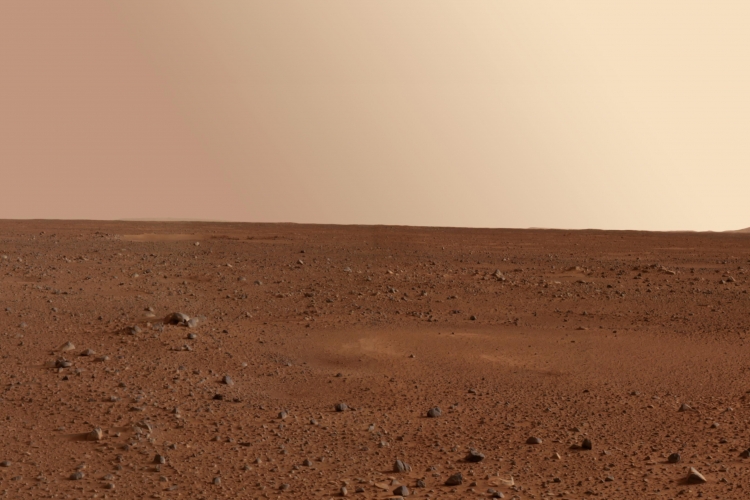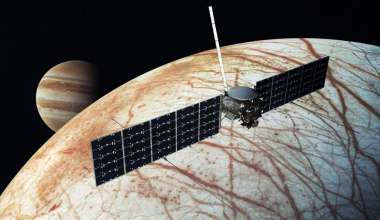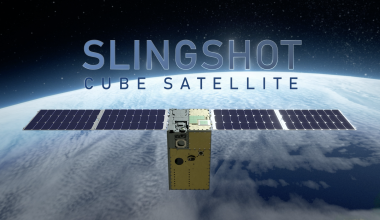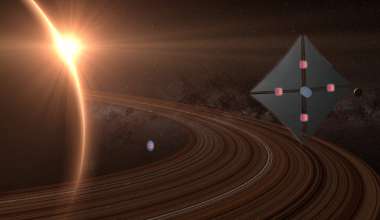Nearly 140 million miles away on Mars, NASA’s Curiosity rover is searching for life and measuring the age and makeup of the Red Planet. The fourth rover to explore our planetary neighbor uses laser spectrometry to analyze the elements found on the surface by firing a laser at a sample and studying the gas released from impact.
Laser and electronics experts in the Photonics Technology Department and xLab/Electrical and Software Engineering Department at The Aerospace Corporation are establishing and maturing new laser technology to enable candidate instruments to be sent to the moon and planets in the solar system and determine their age from an elemental analysis of collected surface samples.

This Aerospace technology is paving the way for instruments such as the Chemistry Data Experiment (CDEX) instrument. This device would be about the size of a cube 40 inches on a side and would contain nine lasers, a mass spectrometer, and mechanisms for gathering and processing surface samples. The instrument’s in situ measurements will address fundamental questions of inner solar system impact processes and geochronology, and potentially support the search for evidence of biological activity or environmental capability to support life. CDEX is expected to be more accurate than dating methods currently in use.
CDEX uses a dating method that goes by the acronym LARIMS – Laser Ablation Resonant Ionization Mass Spectrometry.
“The instrument has an ablation laser, two specialized lasers each for preparing strontium, rubidium, and lead; and two ionization lasers,” explained William Lotshaw, director of the Photonics Technology Department in the Electronics and Photonics Laboratory.
Once positioned on a moon or planet, the instrument gathers raw samples from the surface and prepares the material for the LARIMS analysis. The ablation laser vaporizes the raw material and specialized lasers resonantly excite and ionize strontium, rubidium, and lead atoms. This ionization removes an electron from an atom so that it has a positive charge that allows them to be measured by a mass spectrometer. The mass spectrometer then measures the isotopes of Rb, Sr, and Pb, enabling the age of the material to be determined.

The organization leading the project is the Southwest Research Institute (SwRI) in Boulder, Colo., which is developing and optimizing the instrument, and overseeing technology maturation of instrument components and subsystems in preparation for a subsequent activity that would build a flight payload. Aerospace is currently on contract to develop three of nine lasers and a laser control unit for laboratory development of a CDEX prototype at SwRI.
Lotshaw said the CDEX project was originally funded by NASA MatISSE in 2015, and that SwRI and Aerospace are co-investigators in a follow-on proposal to the NASA DALI program where Aerospace will design, build and test the three remaining lasers and a 9-laser control system while SwRI continues the integration, test, and optimization of the instrument in a laboratory environment.
Due to uncertainties in the timing of future funding and government mission decisions, it is hard to predict when CDEX will be on the moon, Mars, or other planets. But if the stars become aligned, CDEX will provide substantially improved understanding of solar system geochronology and by extension humanity’s place within it.









